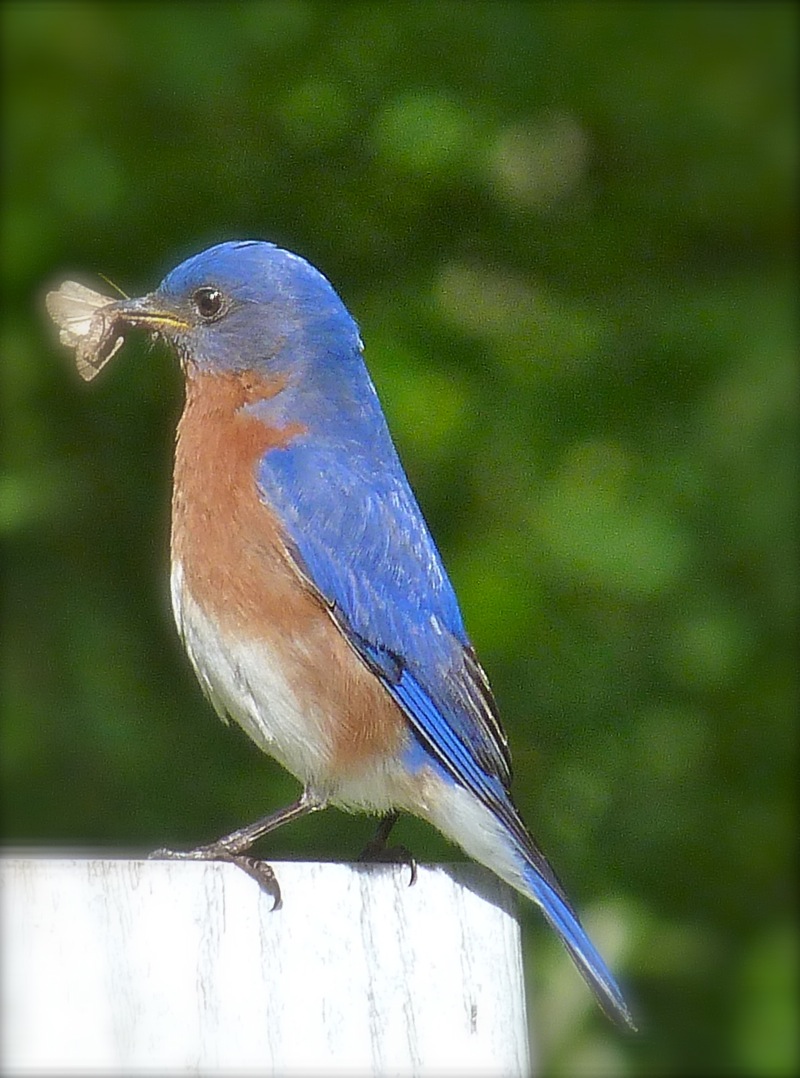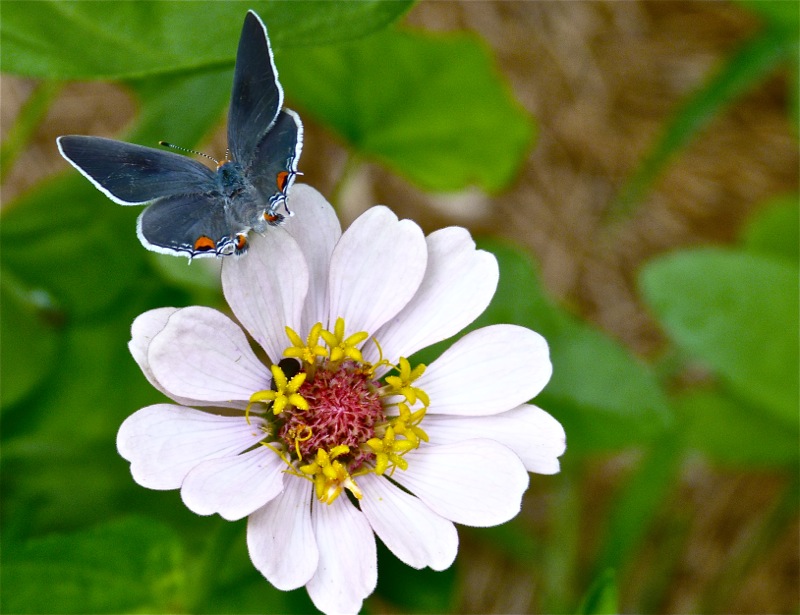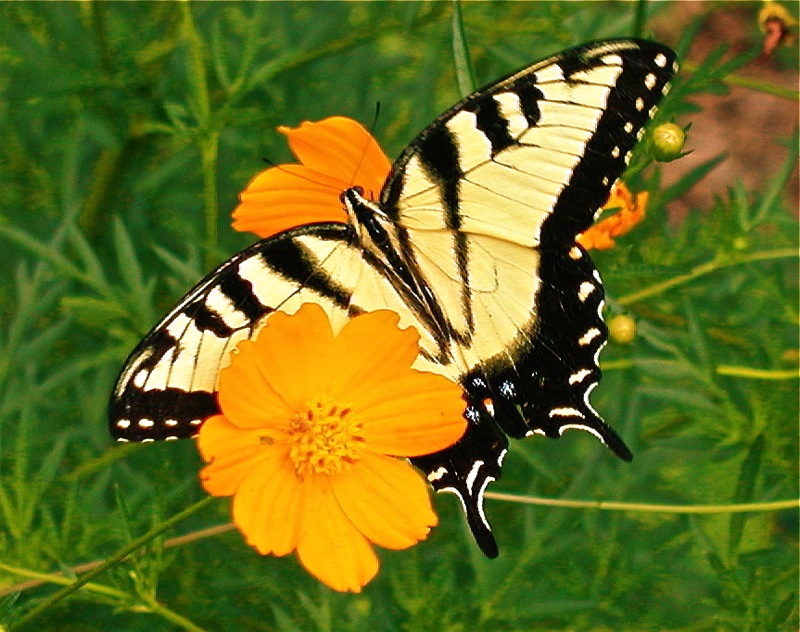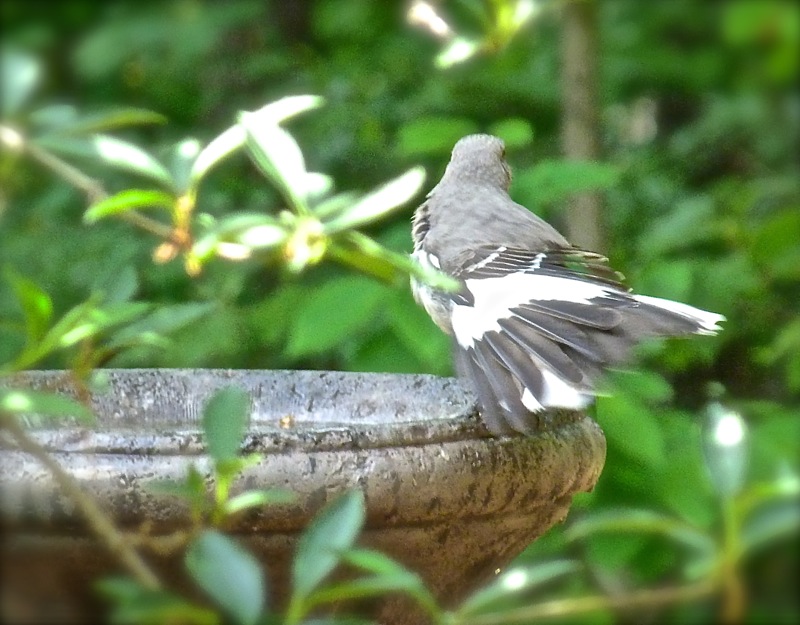On the Bright Side: Bluebird in the Snow
 Wednesday, January 29, 2014 at 6:35PM
Wednesday, January 29, 2014 at 6:35PM Yesterday was an icy cold, snowy day for many of us here in the Southeast. Today our temperatures are in the 20s after an overnight low of 9 F. Yesterday's snow caused hundreds of wrecks and incredible traffic snarls. What was predicted to be a dusting for us turned out to be a 2-inch snowfall. That doesn't sound impressive; but within an hour, layers of slippery ice and compacted snow covered the streets. Many thousands left their offices and tried to get home or tried to reach their children at schools, only to be faced with impassable roads.
Today our temperatures are in the 20s after an overnight low of 9 F. Yesterday's snow caused hundreds of wrecks and incredible traffic snarls. What was predicted to be a dusting for us turned out to be a 2-inch snowfall. That doesn't sound impressive; but within an hour, layers of slippery ice and compacted snow covered the streets. Many thousands left their offices and tried to get home or tried to reach their children at schools, only to be faced with impassable roads.
My own brother finally got to his home in the wee hours of the morning today. He had to park his car and walk the last mile. He was fortunate. Others spent a miserable night in their cars waiting for help. Even helicopters were sent to rescue some whose cars were stranded on the interstate.
Northerners may wonder how such a small amount of snow can create such problems, but here in the Deep South we are ill equipped without snow plows or snow chains for our cars. Some have 4-wheel drive, but even those vehicles had difficulty with treacherously slippery roads and routes blocked by accidents. We do have some trucks prepared to dump sand on overpasses, but yesterday it was too little, too late.
On the bright side: I was fortunately at home with a blazing fire in the fireplace. I was delighted to capture several shots of a bluebird who was eating berries from a tree near my kitchen door. He was a ball of fluff as he, too, was trying to stay warm:
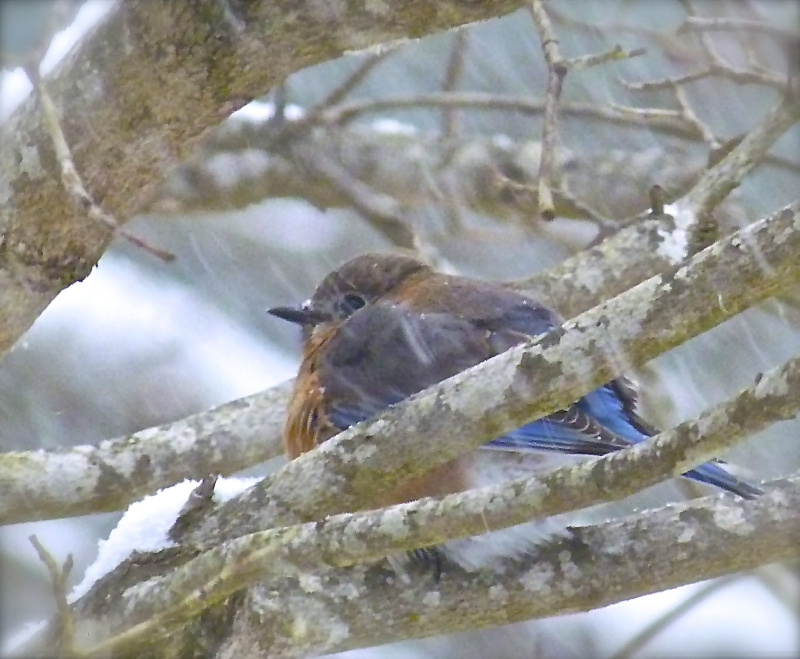


Snow doesn't happen every year here, so I had to document the event. I put on two pairs of socks, sweat pants over my jeans, two sweaters, a thick scarf, a toboggan, and a heavy, hooded coat with a fury lining. No gloves, because I can't manage my camera with gloves. I waddled outside, and I was glad for my cane for extra stability. (Due to nerve damage, I still have not weaned myself from the cane, six months after hip surgery.)
I know that snow scenes around my garden are not very impressive, compared to others farther north, but here are a few shots I took as I briefly braved the frigid air:
The creature on the lower left, above, is an ancient rubber lizard that long ago was a plaything for my children. For over fifteen years, he has lain on a big rock in the front garden. He looks ferocious, but he only eats the bad guys. You may also be interested in my post from a couple years ago, A Snowy Monster and Other Things in My Garden.
Now, I must get out some cooler clothes, as we are supposed to be up in the 60's this Saturday. Little bluebird, warm weather is coming!
 Permalink
Permalink 